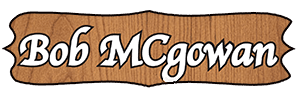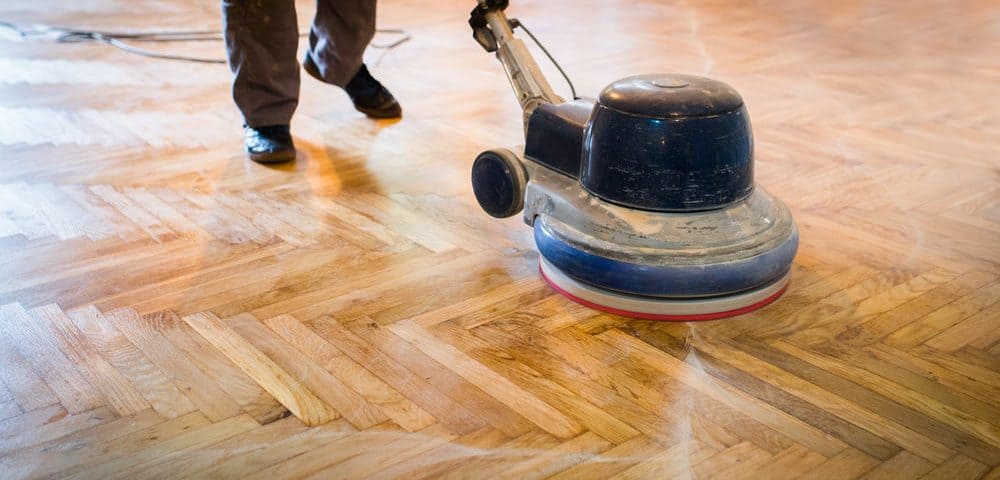- Have any flooring questions?
- 631-673-1050
- [email protected]
What are the best methods for cleaning and maintaining hardwood floors to preserve their finish?

How Can Minor Scratches and Scuffs on Hardwood Floors Be Effectively Repaired by Homeowners?
July 10, 2025
How Do Seasonal Temperature and Humidity Changes Affect Different Flooring Types?
July 24, 2025Summary:
Daily Cleaning Methods That Protect Your Hardwood Floor Finish
The most effective maintenance is a simple daily routine. Your hardwood floors contend with foot traffic, pets, and the humidity shifts common on Long Island. Therefore, a consistent approach is key to preservation.
Firstly, start with dry cleaning methods. You should sweep or vacuum daily with a soft-bristle attachment. This step removes the small particles of grit and sand that act like sandpaper underfoot, scratching the finish over time. If you use a vacuum, disengage the beater bar, as its stiff bristles can score the surface of your wood flooring.
Secondly, for quick cleanups, microfiber dust mops are more effective than cotton brooms. The microfiber material attracts and traps fine particles instead of just pushing them into the air, and it does not leave behind the lint that cotton alternatives often do. This simple action keeps abrasive dust off your floors.
Choosing the Right Cleaning Products for Wood Flooring
Much of the damage to hardwood floors occurs from using the wrong cleaning agents. Many DIY solutions seem practical but can degrade the protective finish. You should avoid vinegar, ammonia, or any cleaner with an acidic base. These substances break down the chemical structure of polyurethane finishes, leading to a permanently dull surface. Similarly, oil soaps leave a sticky residue that builds up, attracting more dirt and making floors look grimy even after cleaning.
Instead, use a pH-neutral cleaner formulated specifically for hardwood floors. When wet mopping, water is a primary concern. Hardwood naturally expands and contracts with moisture, and any standing water can seep between boards, causing warping or discoloration. Use a well-wrung, damp mop, not a soaking wet one. Work in small, manageable sections and dry the area immediately with a clean towel to prevent water infiltration.
Seasonal Maintenance for Long Island Climate Conditions
Long Island’s weather patterns place particular demands on hardwood flooring. In the summer, high humidity causes wood to expand. In contrast, winter heating can cause indoor humidity to fall, leading boards to shrink and create gaps.
You can manage such effects by monitoring your home’s indoor humidity throughout the year. The ideal range is between 30% and 50% relative humidity. A digital hygrometer can help you track these levels. Running a humidifier during the winter and a dehumidifier in the summer helps maintain stability in your flooring. Minor gapping in the winter is normal, but gaps wider than a coin or boards that are cupping (edges higher than the center) suggest a moisture imbalance that needs addressing.
When Your Floors Need Professional Floor Finishing
Even with consistent upkeep, normal use will eventually wear down the finish on your hardwood floors. Knowing the signs of wear can help you act before the underlying wood is damaged.
Look for dull patches in high-traffic areas like hallways and entryways. A simple test is to place a drop of water on the floor; if it beads up, the finish is intact. If it soaks in and darkens the wood, the protective layer is gone. At this stage, cleaning alone cannot restore the look or the protection your floors need. While small surface scuffs are to be expected, deep scratches that you can feel with your fingernail are a bigger issue. These gouges expose the raw wood to dirt and moisture, which can lead to staining and rot if not addressed through floor refinishing.
The Floor Sanding and Refinishing Process
A professional floor sanding and refinishing project restores the surface of your flooring. The process begins with sanding away the old, worn finish and removing surface-level scratches and dents. Technicians use professional-grade belt sanders to create a completely flat and smooth surface, avoiding the “chatter” marks or divots that consumer-grade rental equipment can leave behind.
After sanding, several coats of polyurethane are applied. An oil-based polyurethane offers substantial protection and a classic amber tone but requires a longer curing period. In contrast, a water-based polyurethane cures faster, has low odor, and remains clear, preventing the yellowing that can occur over time. The complete floor refinishing process generally takes 3 to 5 days, allowing for adequate drying between coats in a climate-controlled environment.
Preventing Damage That Leads to Floor Replacement
Some types of damage are too severe for refinishing and may require flooring replacement. More intensive solutions are necessary for issues such as deep water damage, pet stains that have penetrated the wood, or floors that have undergone extensive sanding.
To prevent such outcomes, place felt pads under all furniture legs and replace them annually, as they can accumulate grit. For heavy items like pianos, use furniture cups to distribute the weight and prevent indentations. You can also manage sunlight exposure with curtains or blinds, as UV rays can cause photo-chemical degradation of the wood’s lignin, resulting in discoloration. Rotating area rugs helps the floor age evenly. If you notice signs of moisture like cupping or dark stains, address the source of the water immediately to prevent irreversible damage.
Maintaining Your Hardwood Floors for Decades
Proper hardwood floor maintenance is not difficult, but it relies on consistency and using the right methods. A routine of daily dry cleaning, weekly damp mopping with a suitable product, and managing your home’s humidity will preserve your floors for many years. Your wood flooring is a long-term addition to your home’s value and comfort. The time spent on proper care is an investment in preventing costly repairs and replacements down the road. If you find that maintenance is no longer enough and your floors show signs of significant wear, contact us. We can help Long Island homeowners assess their flooring and determine the appropriate steps to protect their investment.


